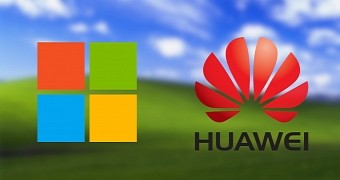An executive order signed by United States President Donald Trump in mid-May bans Huawei from working with American companies and using their products, including here both hardware and software.
With Huawei using Android and Windows to power its phones and PCs, many wondered whether existing customers would still be receiving any updates following the company getting blacklisted in the United States.
And while the ban did not concern models already on the market, some companies turned to decisions that pointed to an at least uncertain future for Huawei devices, including laptops running Windows 10.
Microsoft originally pulled all Huawei computers from the Microsoft Store, but the software giant overturned this decision a couple of weeks later explaining that the existing inventory can go back on sale.
“We have been evaluating, and will continue to respond to, the many business, technical and regulatory complexities stemming from the recent addition of Huawei to the U.S. Department of Commerce’s Export Administration Regulations Entity List. As a result, we are resuming the sale of existing inventory of Huawei devices at Microsoft Store,” Microsoft said.
Software updates won’t be stopped
Now the software giant expresses its full commitment to Huawei products in a statement for PCWorld, and it emphasizes that updates would continue to be offered.
“We remain committed to providing exceptional customer experiences. Our initial evaluation of the U.S. Department of Commerce’s decision on Huawei has indicated we may continue to offer Microsoft software updates to customers with Huawei devices,” the company said.
Intel also confirmed for the cited source that Huawei devices will continue to receive security updates and drivers just like before the company got banned by the US government.
Meanwhile, the bigger question is how Huawei plans to handle the release of new products, which according to the executive order should no longer use Windows. The Chinese tech giant is already working on its own in-house operating system to replace Windows, but the priority seems to be mobile rather than the PC market.

 14 DAY TRIAL //
14 DAY TRIAL //